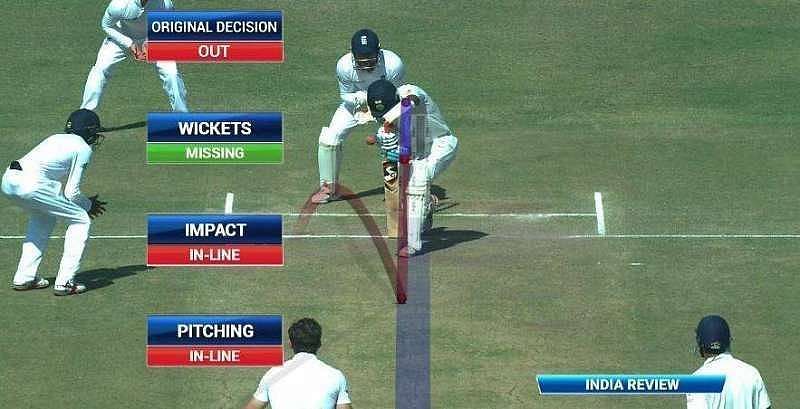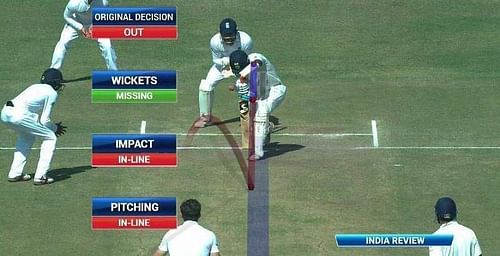
"You can physically see where it has hit" - Ben Stokes asks ICC to remove umpire's call for pitching and impact

English all-rounder Ben Stokes wants the International Cricket Council (ICC) to do away with the umpire's call while judging the pitching and the point of impact of the ball in LBW decisions.
As quoted by the Daily Mail, Ben Stokes remarked that the umpire's call should only in cases where confirmation of the ball is hitting the stumps is required because it involves a 'prediction' from the on-field umpires. Stokes argued that umpires can 'physically see' the pitching and impact of the ball, making these elements unambiguous.
"I think the umpire's call on stumps should stay because that is a prediction after what has happened. But I think umpire's call with pitching in line and impact should be eradicated because you can physically see where the ball has pitched, and you can physically see where it has hit you. If the ball has pitched in line or hit you in line, I think it should just be green, whereas the ball hitting the stumps is a prediction. You can physically see from all the cameras that they have got if it has pitched in line or hit in line, or if half the ball is out or half the ball is in," said Ben Stokes.
Currently, the umpire's call is used for all three LBW parameters - the pitching of the ball, the point of impact of the ball when it hits the body of the batsman, and predicting whether the ball would have hit the stumps.
If the ball-tracker shows that not more than 50% of the ball is aligning with any one of these parameters, the on-field umpire's decision is adjudged the right one.
ICC's ruling on umpire's call

Ben Stokes's comments come close on the heels of a recent ruling by the ICC to continue with Umpire's Call as part of DRS. Anil Kumble, who led the decision-making committee, had explained the call as follows:
"The principle underpinning DRS was to correct clear errors in the game whilst ensuring the role of the umpire as the decision maker on the field of play was preserved, bearing in mind the element of prediction involved with the technology. Umpire's call allows that to happen, which is why it is important it remains."
However, the committee made several other changes to how LBW reviews will be judged. These include lifting the wicket's hitting zone to the top of the bails and allowing the fielding team to consult the umpires on whether the batsman offered a shot or not before taking the review.